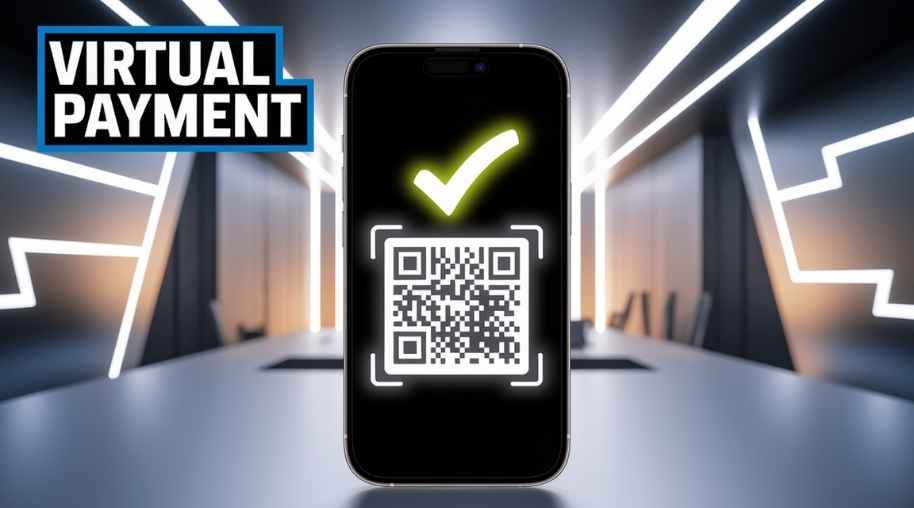VPA Full Form-Virtual Payment Address
by Shashi Gaherwar
0 2397
Virtual Payment Address: Simplifying Digital Transactions
The rise of digital payments has revolutionized financial transactions, with the Virtual Payment Address (VPA) becoming a cornerstone of India’s Unified Payments Interface (UPI). VPAs enable seamless, secure money transfers without sharing sensitive banking details.

A VPA is a unique identifier linked to a bank account, facilitating instant payments for individuals, merchants, and businesses. This article explores its features, benefits, usage, and future potential.
What is a Virtual Payment Address (VPA)?
A Virtual Payment Address (VPA) is an alias (e.g., username@bankname) for a bank account, enabling UPI transactions without needing account numbers or IFSC codes, ensuring quick and secure payments.
Key Features:
- Unique & Customizable: Users create a personalized VPA linked to their account.
- No Bank Details: Transactions occur without sharing sensitive information.
- Secure Transactions: Reduces risks associated with sharing banking details.
- Instant Payments: Supports real-time transfers via UPI.
- Multiple VPAs: Users can link multiple VPAs to different accounts.
How to Create and Use a Virtual Payment Address
Using a VPA involves a simple process:
- Register on UPI App: Download apps like Google Pay, PhonePe, or BHIM and link a bank account.
- Create VPA: Select a unique VPA (e.g., yourname@upi) and link it to the account.
- Send Money: Enter recipient’s VPA, amount, and authorize the transaction.
- Receive Money: Share your VPA for instant fund transfers.
Advantages of Using VPA for Transactions
VPAs offer significant benefits:
- Enhanced Security: Eliminates sharing bank details, with 2-factor authentication for safety.
- Convenience: Easy-to-remember VPAs work across UPI platforms.
- Instant Availability: Real-time transactions, 24/7, even on holidays.
- Cost-Effective: Minimal or no fees compared to NEFT or RTGS, promoting cashless payments.
- Multiple VPAs: Separate VPAs for personal and business use.
Challenges and Risks of VPA Transactions
Despite benefits, VPAs have risks:
- Fraud & Phishing: Scammers may use fake VPAs, requiring verification of recipient details.
- Transaction Failures: Network issues can cause failed payments or delayed refunds.
- Limited Awareness: Some users prefer traditional methods due to lack of VPA knowledge.
Future of Virtual Payment Addresses
VPAs are set to shape digital payments with advancements like:
- International UPI: Enabling cross-border transactions.
- AI Fraud Prevention: Enhanced security to detect fraudulent activities.
- Blockchain Integration: Transparent and secure transactions.
- Voice-Based Payments: AI-driven voice commands for VPA transactions.
The Virtual Payment Address (VPA) is transforming digital payments, offering convenience, security, and efficiency within the UPI ecosystem. Driving India’s cashless economy, VPAs enable faster, safer transactions for all. With fintech innovations, VPAs will redefine global payments.
Further Learning Resources
If you’re passionate about building a successful blogging website, check out this helpful guide at Coding Tag – How to Start a Successful Blog. It offers practical steps and expert tips to kickstart your blogging journey!
For dedicated UPSC exam preparation, we highly recommend visiting www.iasmania.com. It offers well-structured resources, current affairs, and subject-wise notes tailored specifically for aspirants. Start your journey today!

Share:








Comments
Waiting for your comments